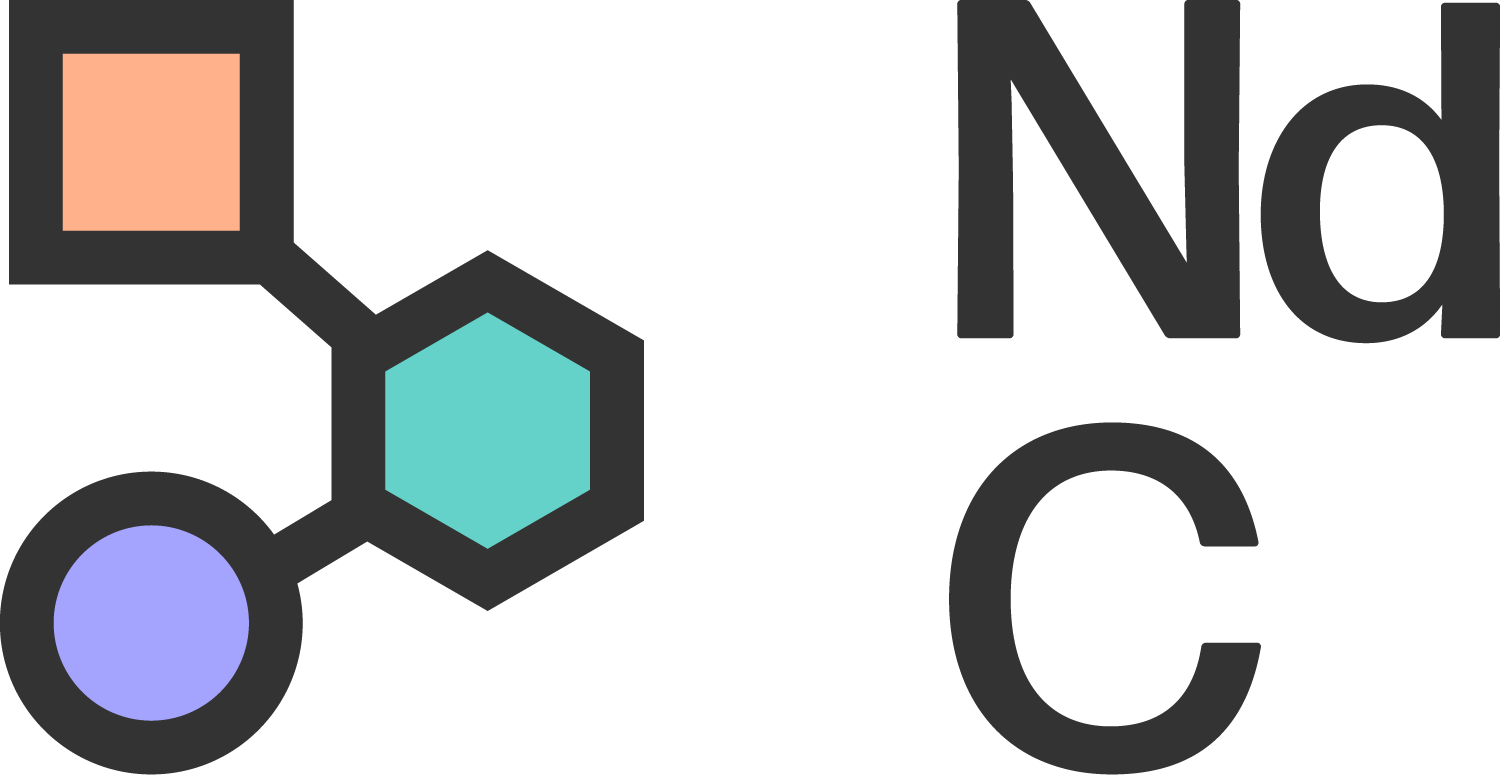Recommended summer reading for teachers
Teachers, are you looking ahead to the next academic year and thinking about how to develop your practice by making your classroom more trauma-informed, supportive of neurodivergence and the nervous system friendly?
Read this blog for book and resource suggestions.
As the summer break approaches and educators prepare for their well-earned rest, often a space for consideration and planning opens up. We have a window of time in which we ask ourselves, as reflective practitioners, what worked well during the past year? What didn’t? What gaps in understanding need to be bridged? how can I best meet my own needs, alongside the needs of the students, in my classroom?
At Neurodiverse Connection we are in entering the final stages of preparation and readiness for the launch our Neurodivergent Friendly Wellbeing Approach in the Autumn, which is based on an experience to share model, to provide practical skills to parents and professionals for supporting their own and young people’s wellbeing.
In this training we centre nervous system, embodiment, regulation and neurodivergent perspectives.
Do these topics pique your interest? Are you curious to learn more about these topics yourself? If so, we are offering you a curated list of recommended reads to help you gain new insights, deepen your knowledge and enhance wellbeing in your classroom and school – in advance of the new school year.
So, let’s explore three thought-provoking books by neurodivergent authors:
“Safeguarding Autistic Girls: Strategies for Professionals” by Carly Jones, MBE, a respected and highly regarded autistic advocate and author, focuses on the specific needs and challenges faced by autistic girls. This book offers practical guidance on recognising and addressing the unique vulnerabilities autistic girls may encounter. With a focus on safeguarding, educators can gain valuable insights into creating a safe and supportive environment that meets the needs of autistic girls, promoting their well-being and educational success.
“Untypical: Learning to Live with Autism" by Pete Wharmby, in which the writer, shares his personal experiences as an autistic individual, offering unique insights into his personal and professional experience. This book provides an honest and compelling account of the challenges and strengths of autism, allowing teachers to gain a deeper understanding of both neurodivergence and neurodiversity and how to support autistic students in the classroom. Wharmby's perspective can help educators foster a more inclusive and accommodating environment, especially as he is an ex-teacher himself.
“Learning from autistic teachers: how to be a neurodiversity-inclusive school” edited by Dr Rebecca Wood. A collection of engaging and insightful chapters from autistic teachers and school professionals. It clearly outlines suggestions for support that have benefitted those writing the chapters, as well as considering implications for inclusion within the classroom.
And a couple of additional resources from non-neurodivergent authors:
“Nurturing resilience: helping clients move forward from early developmental trauma” by Kathy Kain and Stephen Terrell. A fantastic and accessible introduction to the nervous system. This book provides a great introduction to understanding regulation, connection, safety, attachment, and trauma and provides valuable insights into trauma-informed practices that can be applied within the classroom. Teachers will gain a deeper understanding of how trauma affects individuals and discover practical strategies to foster a safe and supportive learning environment.
Irene Lyon’s website has lots of free online resources, practical suggestions, vlogs and articles. Although not neurodivergent, Irene Lyon is a somatic practitioner and nervous system expert who specialises in helping individuals heal trauma, regulate their nervous systems, develop capacity and regulation, alongside cultivating well-being. Her work integrates various modalities and approaches, including somatic experiencing, polyvagal theory, and neuroplasticity.
By exploring these resources, teachers can expand their knowledge and gain perspectives from the lived personal and professional experience of the authors, practitioners, and specialists. This will enable educators to develop a deeper understanding of autism, neurodiversity, and specific considerations when working with autistic individuals, contributing to more inclusive and wellbeing focused classrooms.

